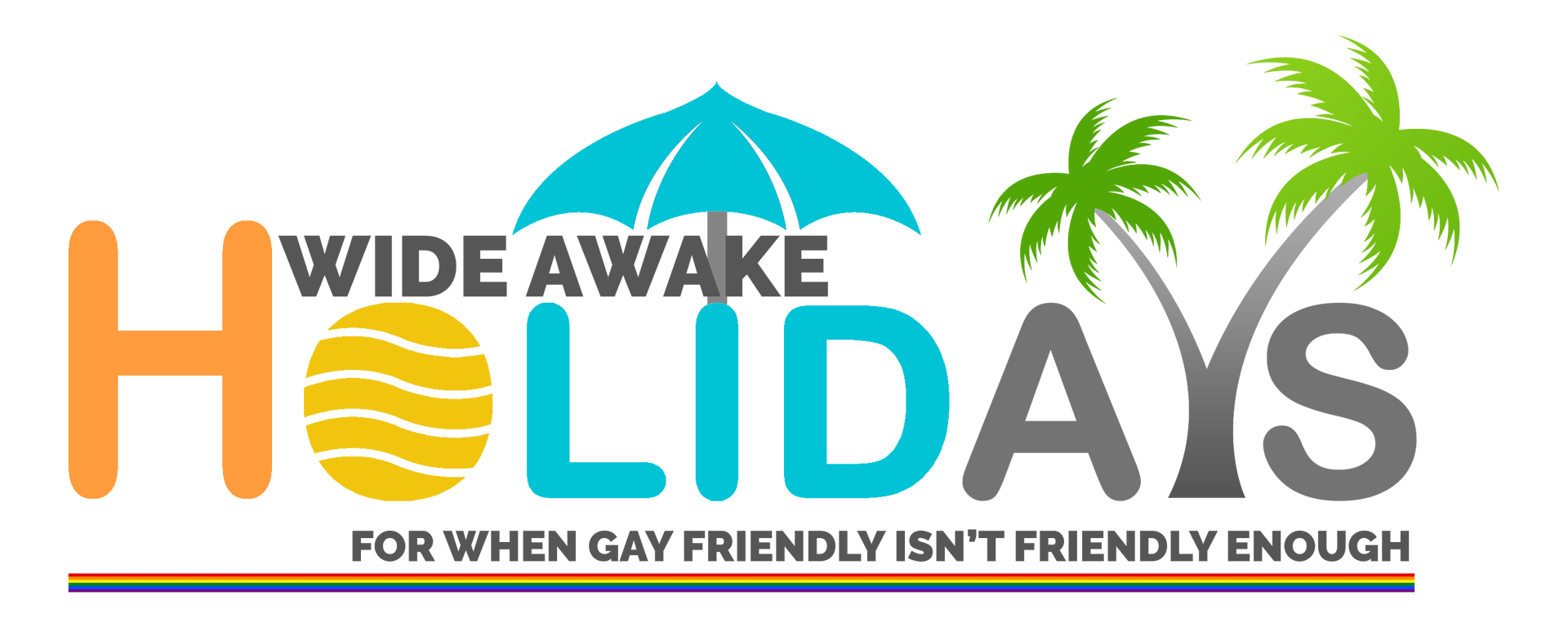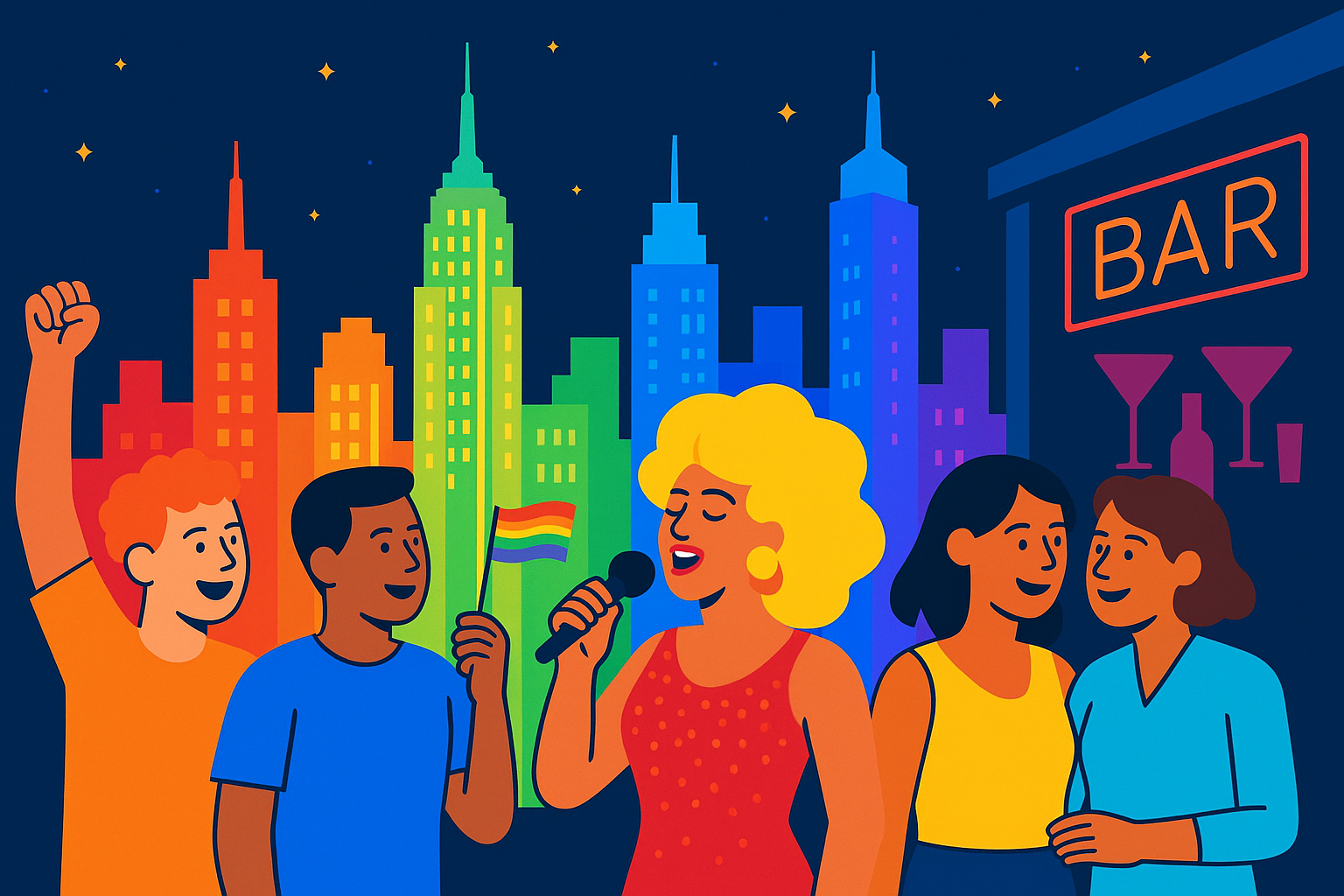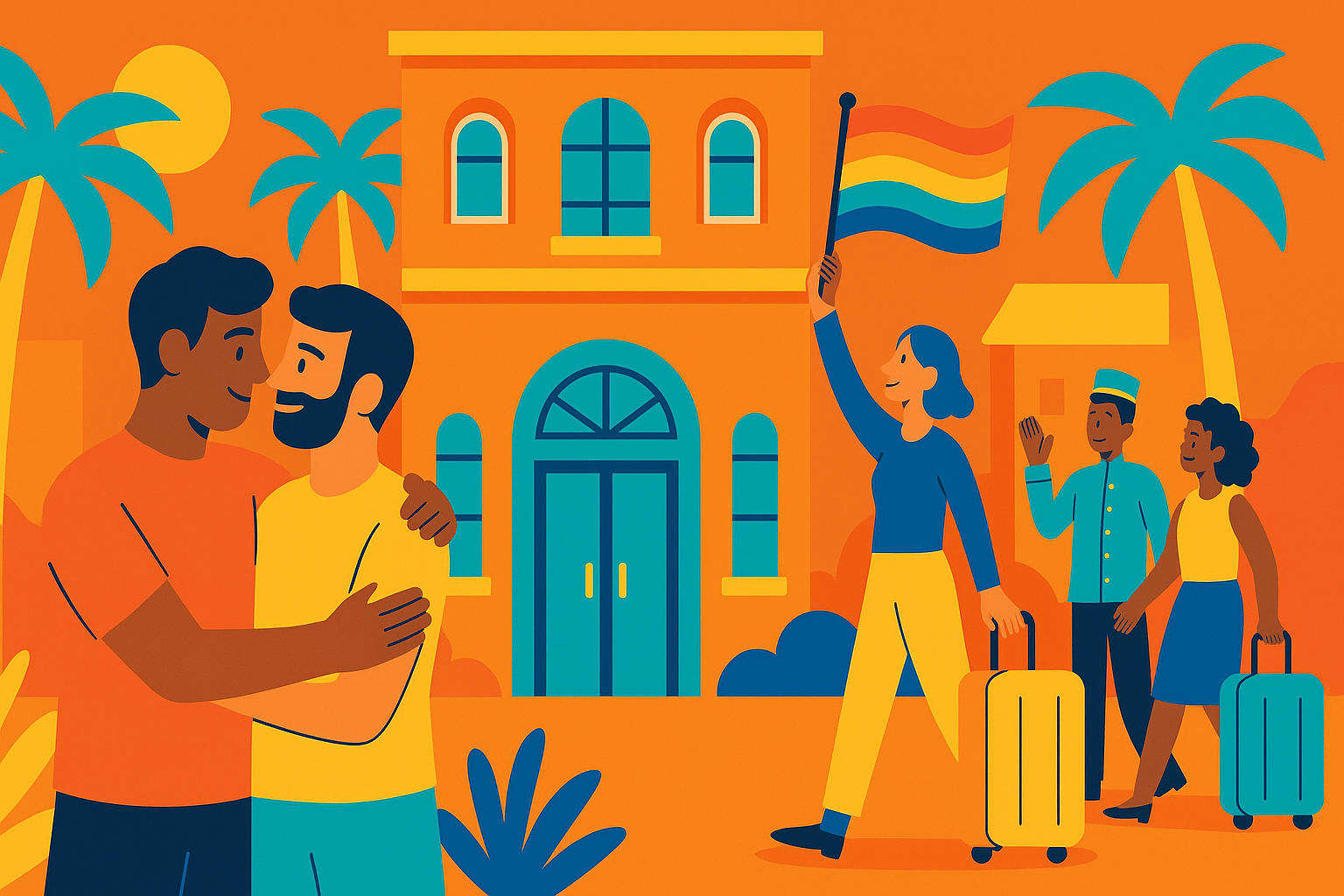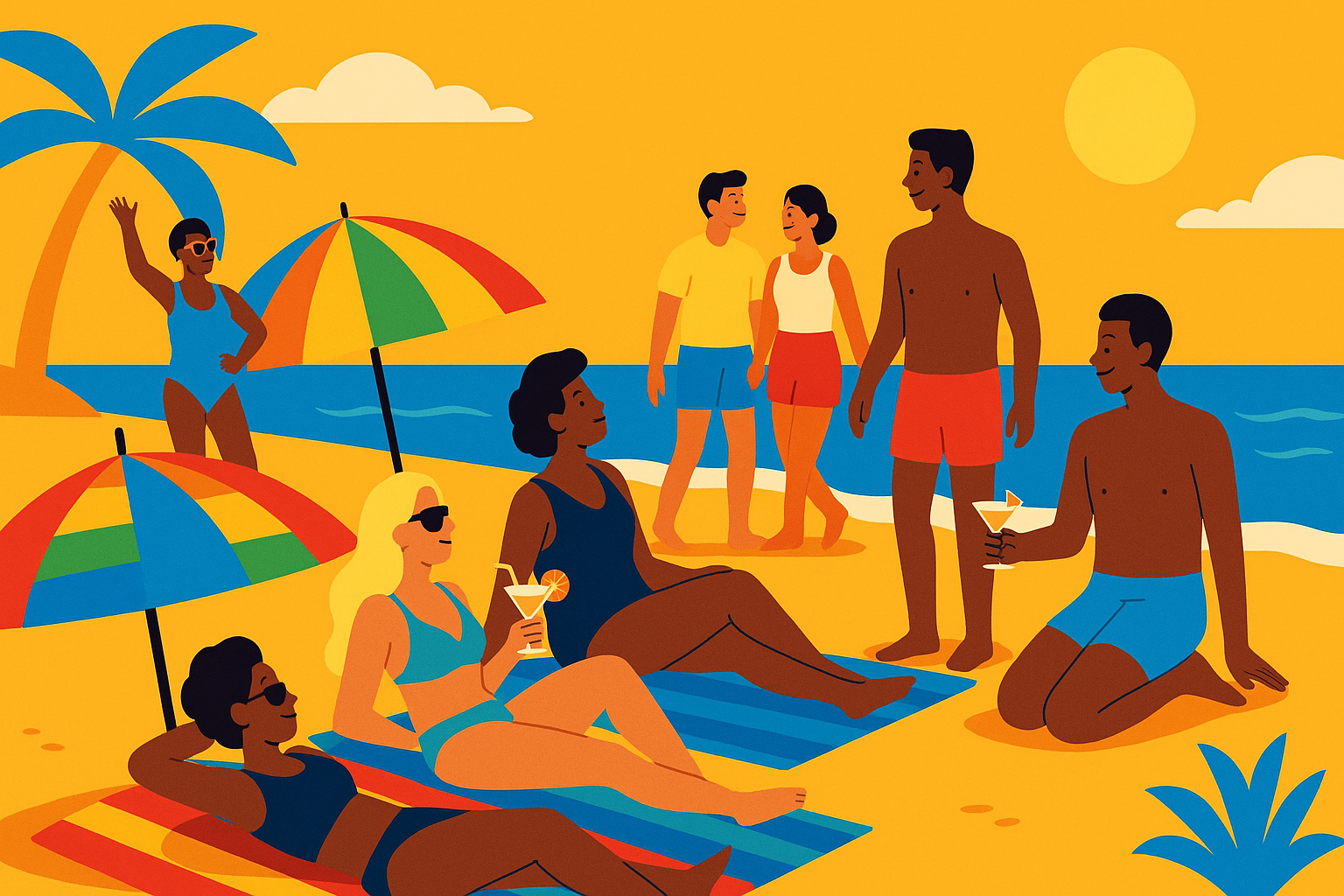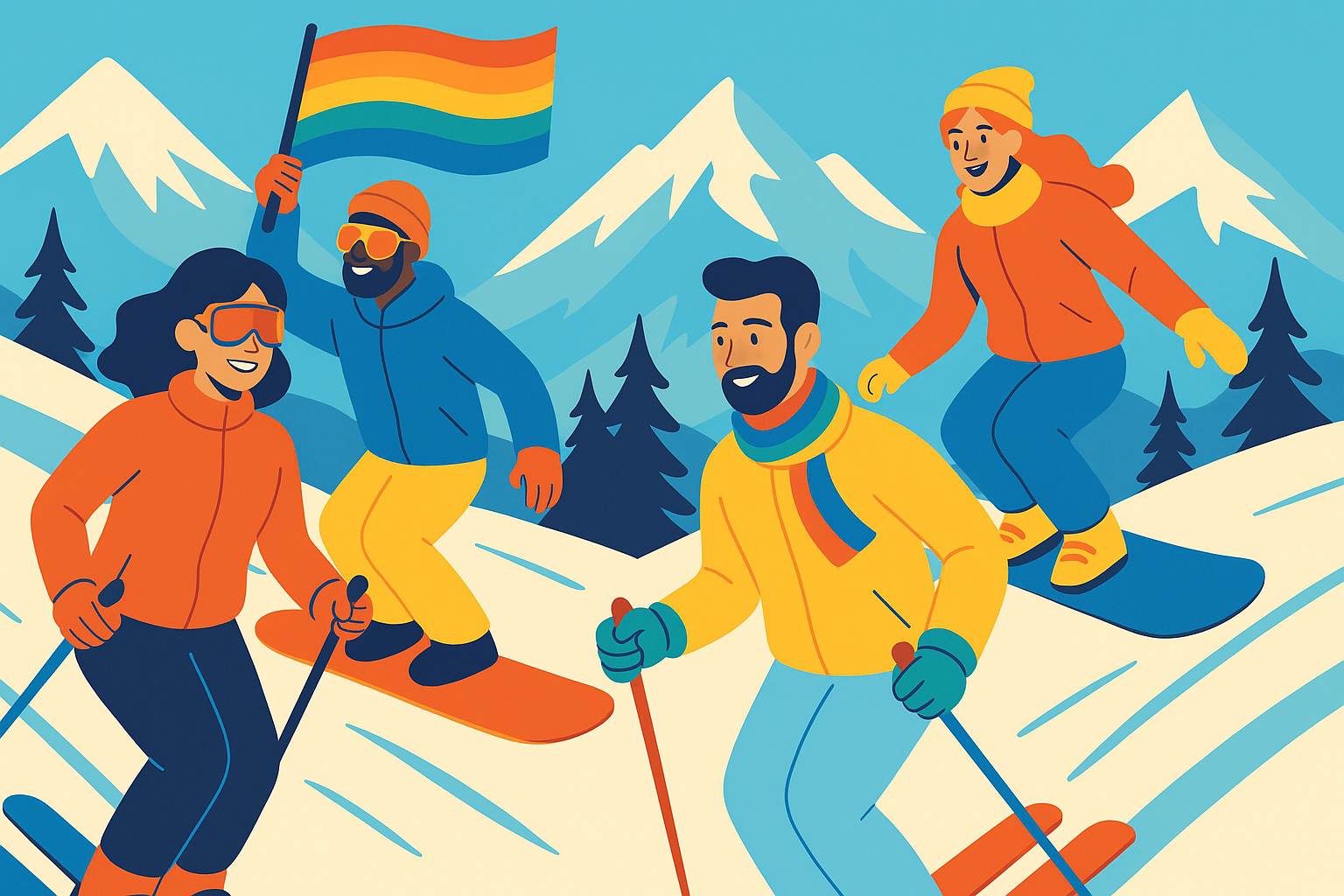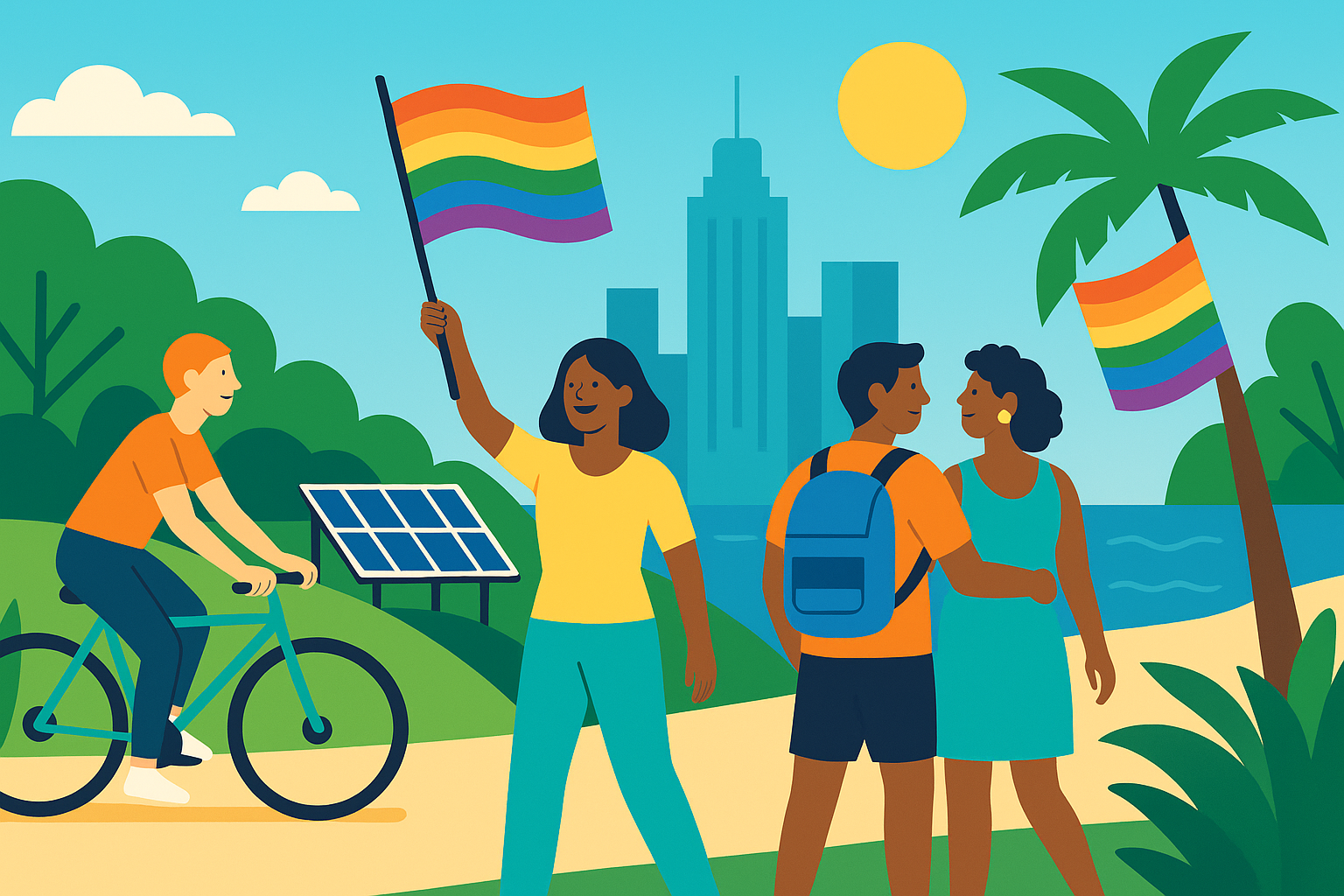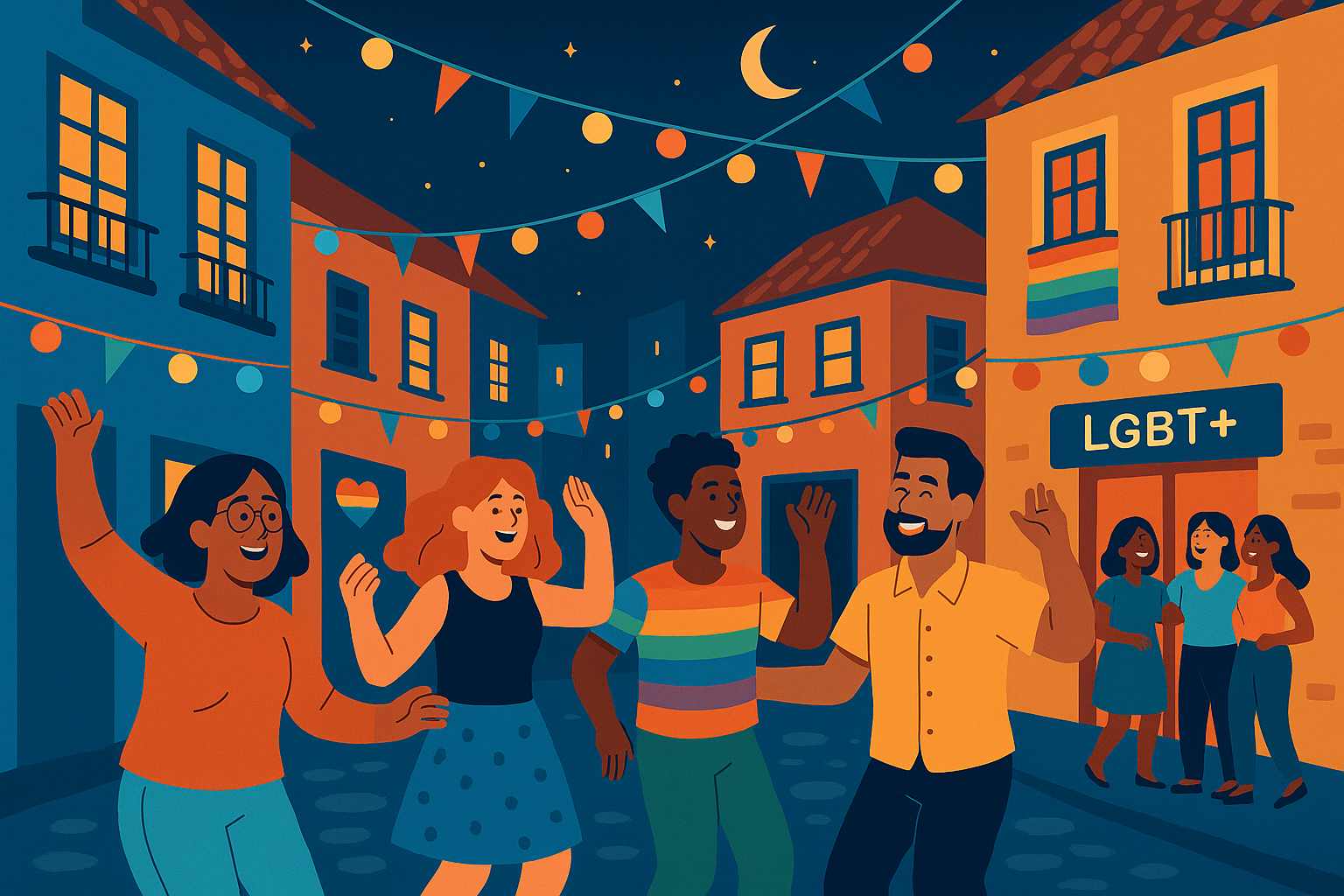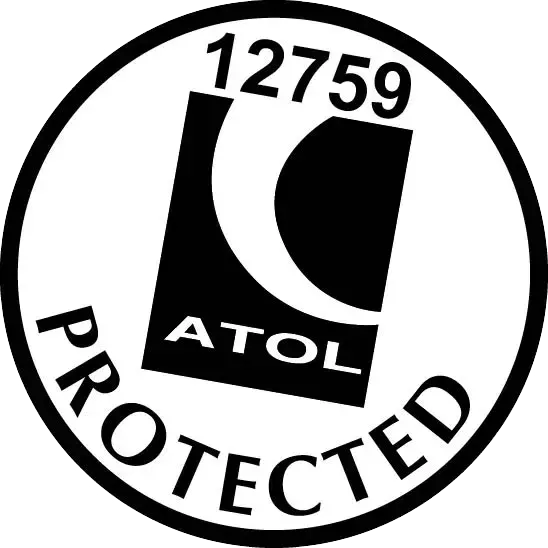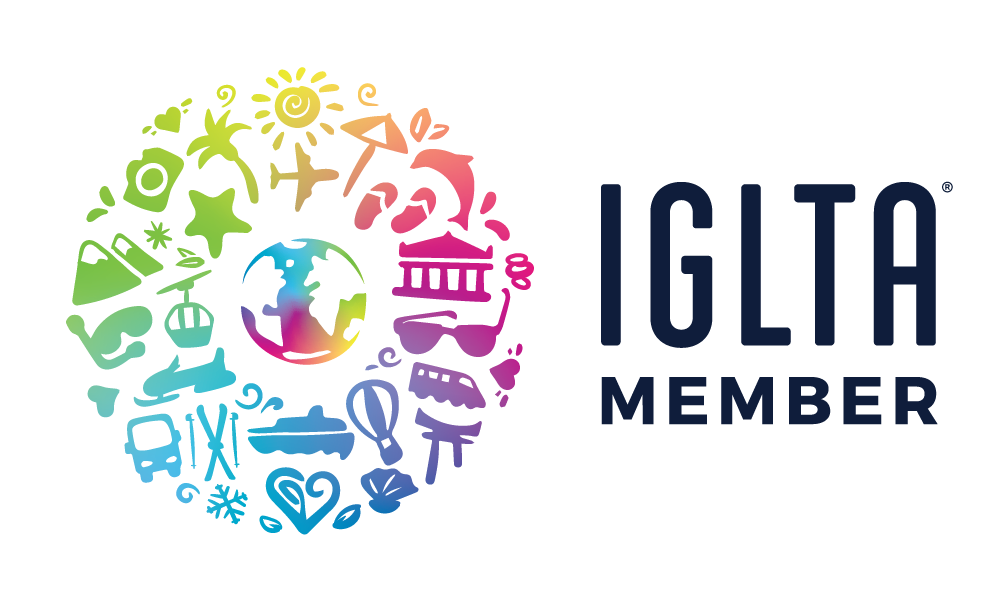The Most LGBT-Friendly Hiking Trails in the World
The Most LGBT-Friendly Hiking Trails in the World
If you love the open air, new horizons, and a sense of belonging wherever your boots land, this guide to the world’s LGBT-friendly hiking trails is made for you.
From Peru’s sacred valleys to Switzerland’s alpine ridges, each trail here combines breathtaking nature with a welcoming spirit — proof that the outdoors truly belong to everyone.
But what makes a hiking trail “LGBT-friendly”?
It’s more than rainbow flags or inclusive marketing. It’s about safety, legal protections, visibility, and community. It’s the assurance that you can hold hands on a mountaintop, chat freely at a hostel, and be yourself without hesitation.
Before lacing up, let’s explore what makes a hiking destination truly inclusive — and where you can hike proudly and safely.
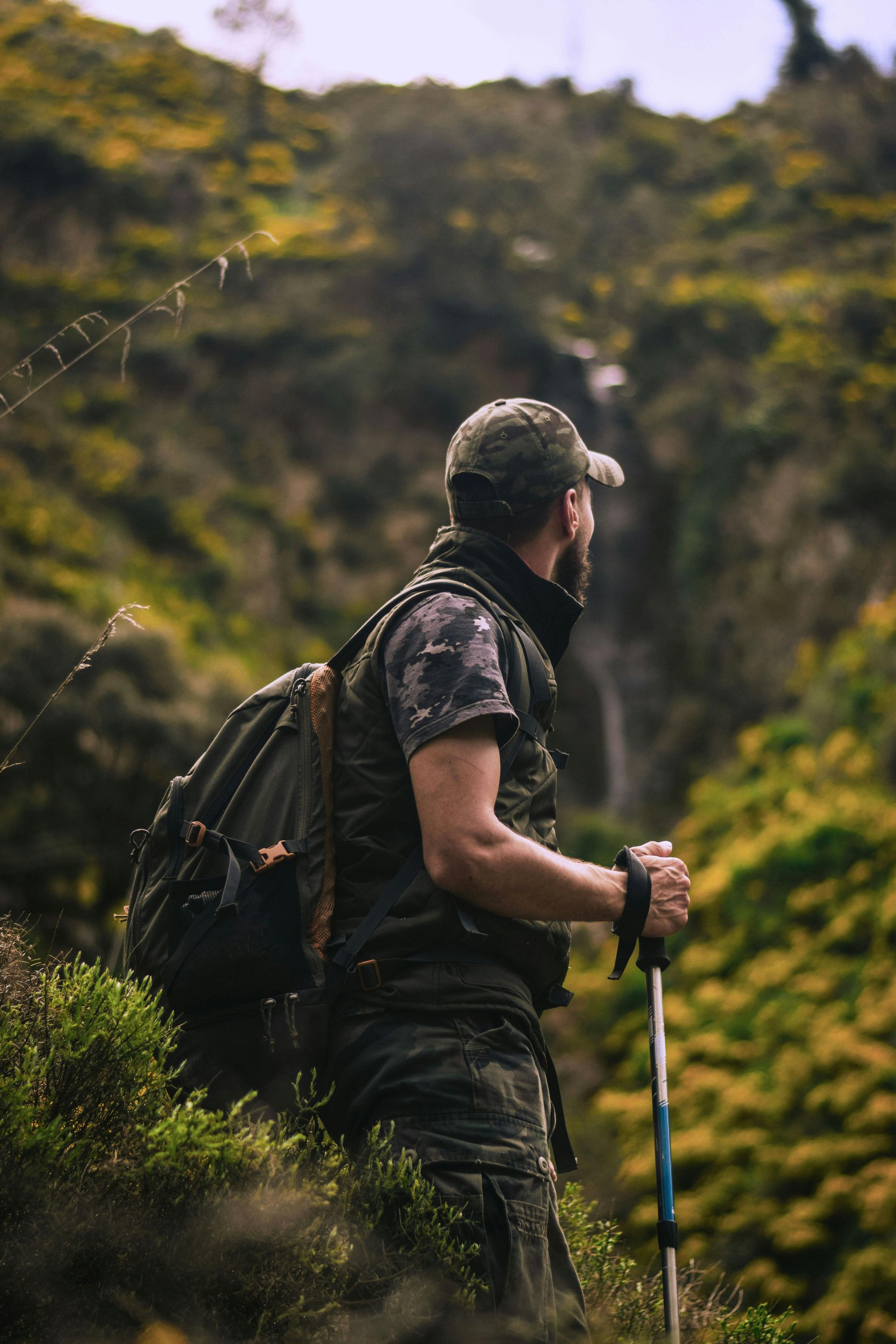
What Makes a Trail Truly LGBT-Friendly?
For LGBT+ travellers, hiking can be as much about connection as exploration. While the mountains may not judge, the cultures at their base sometimes can. That’s why choosing an LGBT-friendly hiking trail means balancing beauty with acceptance.
Here’s what we looked for when curating this list:
- Legal Protections: Countries with clear anti-discrimination laws and marriage equality often extend that inclusivity into outdoor recreation.
- Cultural Acceptance: Local attitudes matter — is same-sex affection safe in public? Are local tour guides trained in inclusivity?
- Visibility & Community: Queer hiking clubs, pride events, and LGBT-owned accommodations signal authentic acceptance.
- Safety Infrastructure: Reliable policing, safe lodging, and traveller protection schemes offer peace of mind.
- Natural Appeal: Finally, the trails themselves — spectacular routes that invite freedom, reflection, and pride.
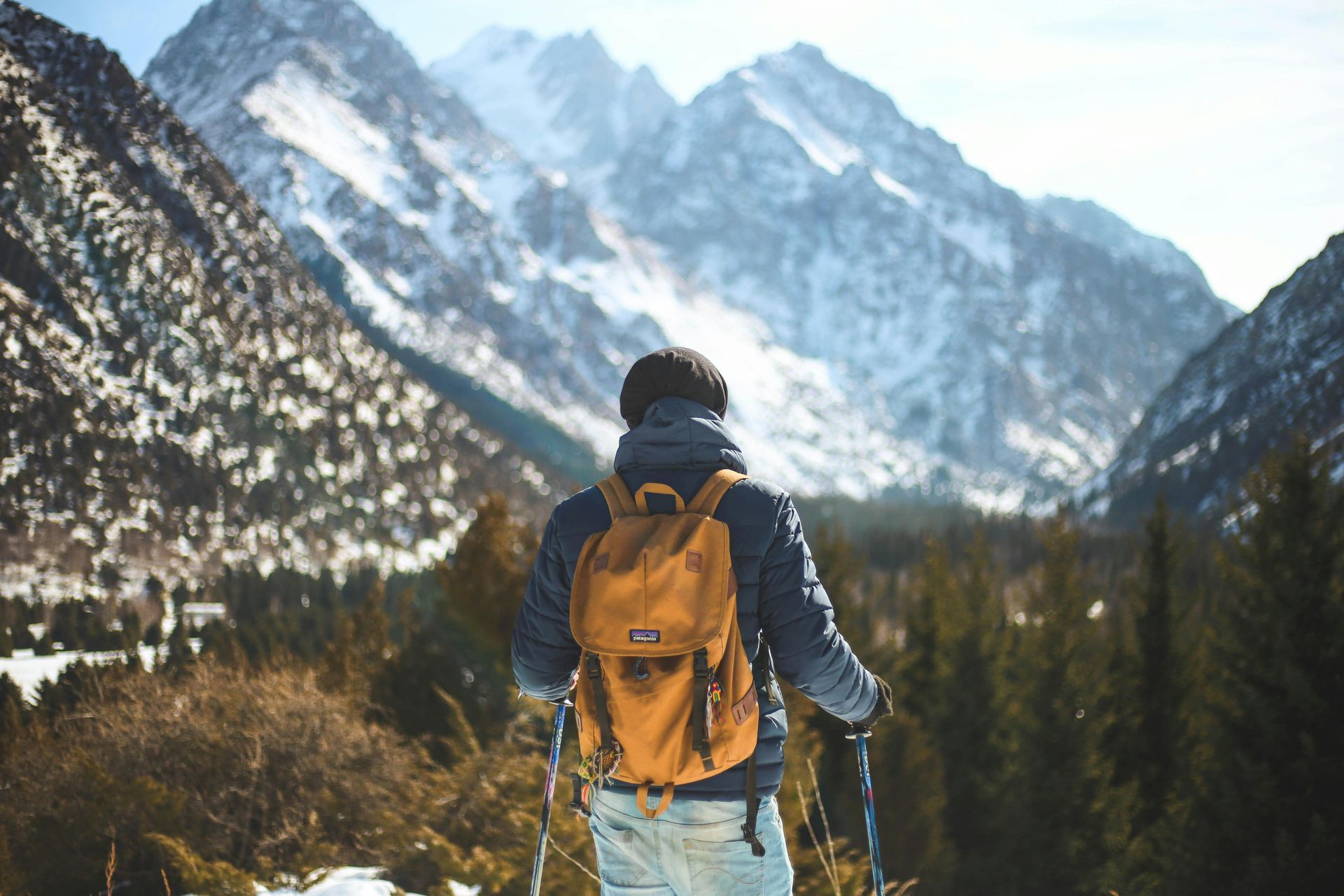
The Inca Trail, Peru
Ancient pathways, inclusive spirit
Trekking to Machu Picchu is one of the world’s most iconic journeys. Yet for LGBT+ hikers, it’s also a profound experience of identity — walking ancient roads that once connected entire civilisations.
Peru has grown steadily more inclusive in recent years, particularly in travel hubs like Cusco. Many local tour operators now proudly serve LGBT+ groups, and international gay travel agencies regularly run group treks here. While same-sex marriage isn’t yet legal, discrimination protections exist, and the tourism industry actively promotes diversity.
The trail at a glance
- Distance: 43 km (26 miles)
- Duration: 4 days / 3 nights
- Difficulty: Moderate to challenging
- Best season: May–September (dry season)
The Inca Trail weaves through cloud forests, mountain passes, and ancient ruins before culminating at the Sun Gate overlooking Machu Picchu — a moment that feels nothing short of transcendent.
How Gay-Friendly is Peru?
Cusco, the gateway city, is home to a growing queer scene. Several gay-friendly bars and tour operators make it easy to connect with like-minded travellers. Public affection may still draw attention in rural areas, but guides trained by inclusive operators such as Out Adventures or HeTravel ensure a safe, affirming group environment.
Pro tip: Stick with licensed, LGBT-affirming guides. Wide Awake Holidays can connect you with vetted partners who champion inclusivity while supporting local porters and communities.
Why it ranks
The Inca Trail earns its place as one of the top LGBT-friendly hiking trails for its mix of adventure, cultural richness, and safety in guided groups. It’s an empowering way to walk in history — together, and unapologetically yourself.
(Ask us about small-group departures for 2025 – they sell out fast!)
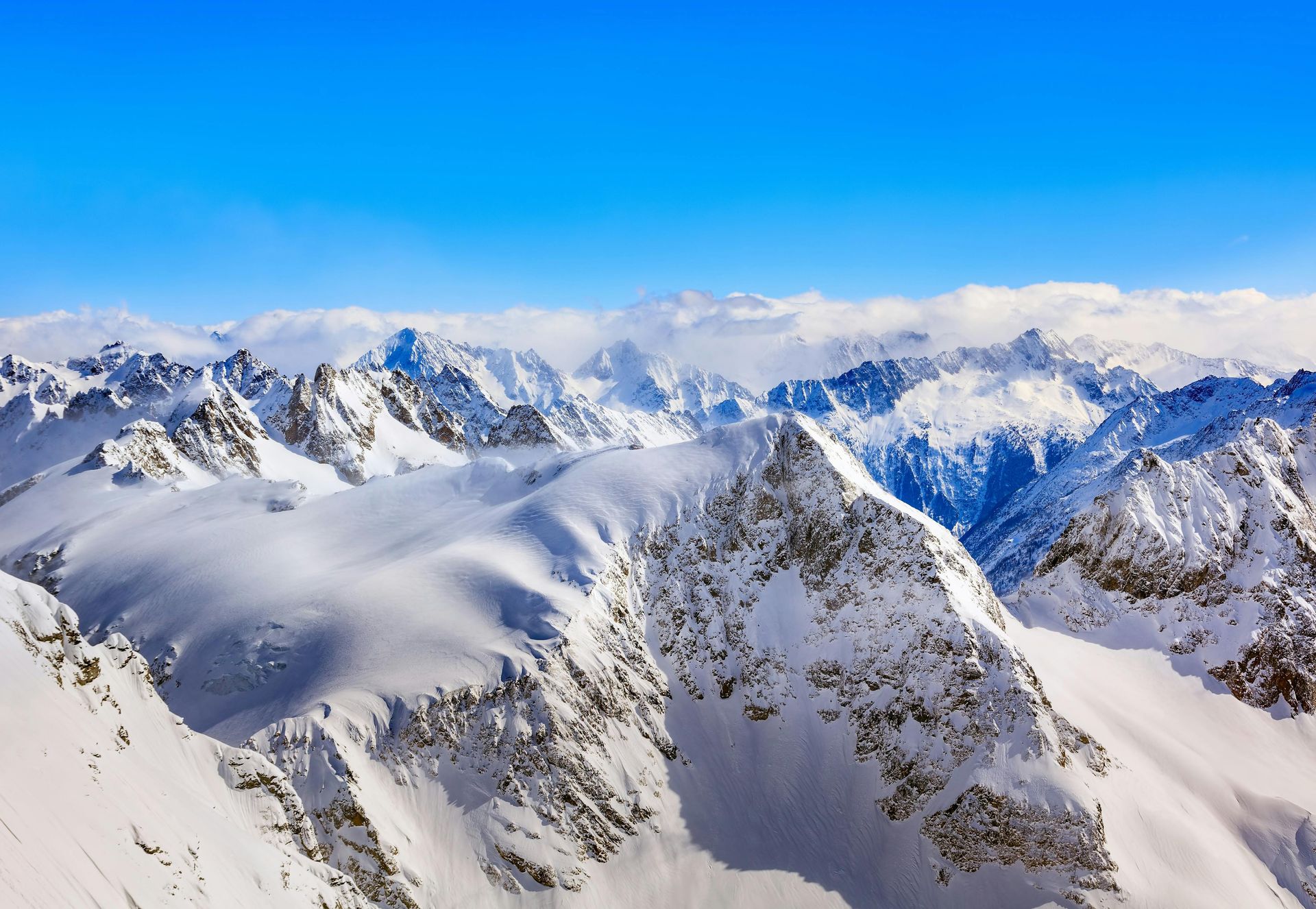
The Swiss Alps, Switzerland
Europe’s trailblazing equality meets mountain majesty
Few countries combine pristine nature with progressive values quite like Switzerland. As one of Europe’s most LGBT-friendly destinations, it offers freedom and peace at every elevation.
Here, you can hike from alpine village to alpine village, stay in boutique lodges run by LGBT-friendly hosts, and unwind in mountain spas that welcome everyone equally. Whether you prefer gentle lake walks or dramatic ridge lines, the Alps make inclusion feel natural.
Top trails to consider
The Eiger Trail: Dramatic scenery below the North Face of the Eiger, accessible from Grindelwald.
Zermatt Five Lakes Walk: Gentle yet stunning, with Matterhorn reflections shimmering across blue alpine lakes.
Via Alpina: A long-distance classic crossing multiple cantons and cultures — perfect for slow travellers.
How Gay-Friendly is Switzerland?
Switzerland legalised same-sex marriage in 2022 and actively enforces anti-discrimination laws. Major cities like Zurich, Geneva, and Basel have lively pride events and strong queer communities. Out in the countryside, attitudes are open and respectful, especially within tourism. Many mountain resorts explicitly list inclusive policies on their booking pages.
Why it ranks
With unbeatable scenery, excellent safety standards, and full legal equality, the Swiss Alps set the gold standard for LGBT-friendly hiking. Every mountain path seems to whisper: you’re welcome here.
(See our Swiss hiking holidays for 2025, including guided group treks with private ensuite chalets.)
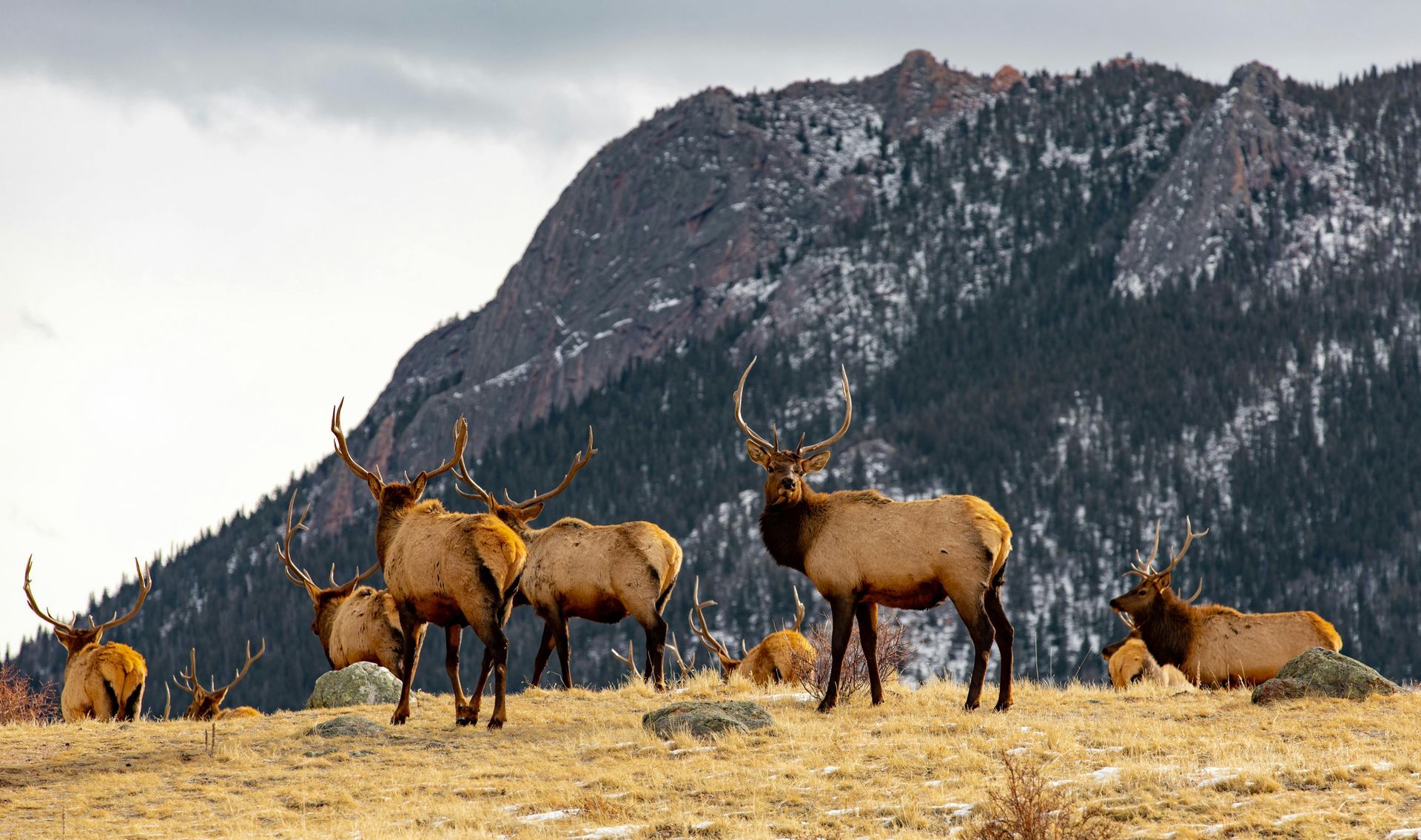
Queenstown Trails, New Zealand
A playground of pride in the Southern Alps
New Zealand has long been known for its wild beauty and open-hearted spirit. For LGBT+ travellers, Queenstown stands out as a destination where acceptance is as natural as the air itself. Nestled between the Remarkables mountain range and Lake Wakatipu, the town serves as a gateway to some of the most scenic — and inclusive — hiking routes on Earth.
Top trails around Queenstown
- Ben Lomond Track: A steep but rewarding climb with panoramic views across the lake and alpine peaks.
- Queenstown Trail Network: Over 130 km of walking and cycling routes linking Arrowtown, Gibbston Valley, and the lakeshore — perfect for day adventures.
- Routeburn Track: One of New Zealand’s Great Walks, stretching into Fiordland National Park and filled with waterfalls, alpine meadows, and misty valleys.
How Gay-Friendly is New Zealand?
Few countries match New Zealand’s level of inclusion. Same-sex marriage has been legal since 2013, and national legislation protects LGBT+ citizens from discrimination in employment, housing, and travel. Public attitudes are warm and progressive — it’s common to see same-sex couples hiking, dining, or relaxing openly.
Queenstown’s hospitality scene embraces that culture fully. Pride events here include the annual Winter Pride Festival, a week-long celebration of queer visibility with skiing, dance parties, and outdoor activities.
Why it ranks
Between its sweeping alpine views, inclusive laws, and visible queer community, Queenstown offers one of the most authentically LGBT-friendly hiking experiences on the planet. Trails are safe, clearly marked, and never far from a welcoming café or lodge. For couples or solo travellers, it’s an ideal blend of wilderness and comfort.
(Ask about our Queenstown Great Walk packages — limited spots each season.)
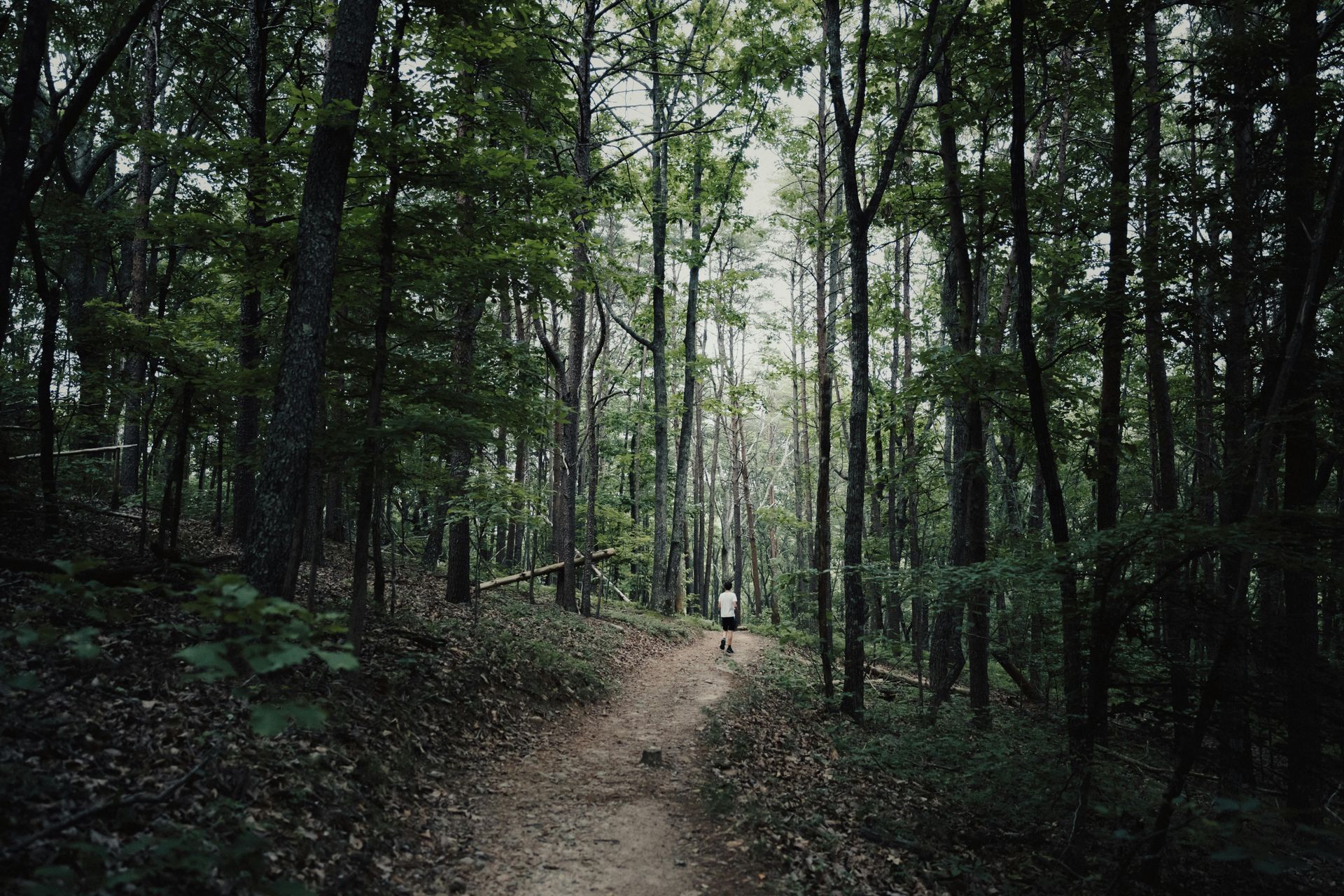
The Canadian Rockies, Canada
Majestic peaks with a proud pulse
Canada has long been celebrated for its stunning wilderness, but it’s the nation’s open-mindedness that makes its trails so appealing to LGBT+ explorers. The Canadian Rockies stretch across Alberta and British Columbia, encompassing national parks like Banff, Jasper, and Yoho — each a paradise for hikers.
Top hikes to try
- Plain of Six Glaciers (Banff National Park): A moderate trek past turquoise lakes to a historic mountain teahouse.
- Wilcox Pass (Jasper National Park): Expansive alpine meadows with views of the Columbia Icefield.
- Emerald Lake Loop (Yoho National Park): A gentle trail offering postcard-perfect scenery.
How Gay-Friendly is Canada?
Canada ranks among the most progressive nations globally for LGBT+ rights. Same-sex marriage has been legal nationwide since 2005, and anti-discrimination laws are robust. Cities like Calgary and Vancouver actively support queer tourism, while national parks prioritise inclusivity training for staff.
In mountain towns, acceptance is quiet but solid. Banff, for instance, hosts small but lively Pride events and proudly waves rainbow flags along its main avenue each autumn. Public affection rarely raises eyebrows — hikers here are judged only by their stamina, not who they love.
Why it ranks
The Canadian Rockies combine world-class hiking infrastructure with unwavering inclusivity. From luxury lodges to backcountry campsites, travellers find warmth and acceptance everywhere. Add breathtaking wildlife and glacier-fed lakes, and it’s no wonder this region tops lists of LGBT-friendly hiking trails worldwide.
(Explore our tailor-made Canada itineraries — from Banff to Whistler.)
The Camino de Santiago, Spain
Ancient routes, modern inclusivity
The Camino de Santiago isn’t just a hike — it’s a journey of transformation. Stretching across Spain and parts of France and Portugal, the “Way of St James” welcomes hundreds of thousands of pilgrims each year, all walking toward the cathedral city of Santiago de Compostela. Today, that spirit of openness extends to the LGBT+ community too.
For queer travellers, the Camino offers a rare mix of deep tradition and contemporary acceptance. Hostels and small inns along the route increasingly fly rainbow flags, and online groups like LGBT Camino help hikers connect, share safety updates, and plan meetups.
Top routes to consider
- Camino Francés: The classic 780 km route from St Jean-Pied-de-Port to Santiago — ideal for first-timers.
- Camino Portugués: A shorter, coastal path from Porto or Lisbon with sea views and laid-back towns.
- Camino Primitivo: The oldest, most rugged route — perfect for those seeking solitude and reflection.
How Gay-Friendly is Spain?
Spain is consistently ranked among Europe’s most inclusive countries. Same-sex marriage has been legal since 2005, and anti-discrimination protections are strong nationwide. Public affection between same-sex couples is common and accepted, particularly in urban and tourist areas.
Smaller villages along the Camino are typically respectful and welcoming to travellers of all backgrounds. Many albergues (pilgrim hostels) are family-run and pride themselves on their hospitality. Major cities on the route — like Pamplona, León, and Santiago — host visible Pride events and boast inclusive nightlife.
Why it ranks
Walking the Camino as an LGBT+ traveller means experiencing faith, community, and courage in equal measure. You’ll find fellow hikers from every background sharing stories over wine and tapas each night. It’s proof that spirituality and inclusion can share the same road.
(Ask about our curated Camino packages with luggage transfers and boutique stays.)
How to Hike Safely as an LGBT+ Traveller
Even on the most inclusive trails, awareness is your best companion. Here’s how to hike smart and stay safe, no matter where your boots take you.
1. Research local laws and attitudes
Before booking, check not just a country’s legal protections but also its social climate.
Some destinations have progressive laws but rural conservatism; others, like New Zealand or Switzerland, are welcoming across the board.
2. Choose inclusive tour operators
Whenever possible, travel with verified LGBT-friendly companies. Wide Awake Holidays partners only with operators who demonstrate safety, representation, and respect — ensuring every guide and porter upholds inclusive values.
3. Be mindful of displays of affection
While many countries are open and affirming, others may still view same-sex affection cautiously.
Adjusting to local norms doesn’t mean hiding — it’s about balancing pride with cultural respect.
4. Stay connected
Join local queer hiking groups or digital communities like Out in Nature, Gay Outdoors, or AllTrails LGBTQ+ lists. They offer tips, trail reviews, and safe meeting points.
5. Protect your bookings
Always book through agents offering ATOL or ABTA protection.
Wide Awake Holidays ensures every trip is financially secure and fully protected — a reassurance not every online platform can offer.
6. Travel insurance matters
Confirm your travel insurance covers adventure sports and any medical needs that could arise on remote trails.
Specialist LGBT+-friendly insurers understand unique requirements around name or gender marker issues that sometimes cause confusion abroad.
Jamie Says:
"Our travellers want more than scenery. They want to feel secure, seen, and supported wherever they roam. That’s why we vet each of our LGBT-friendly hiking trails — so you can focus on the adventure, not the worry”
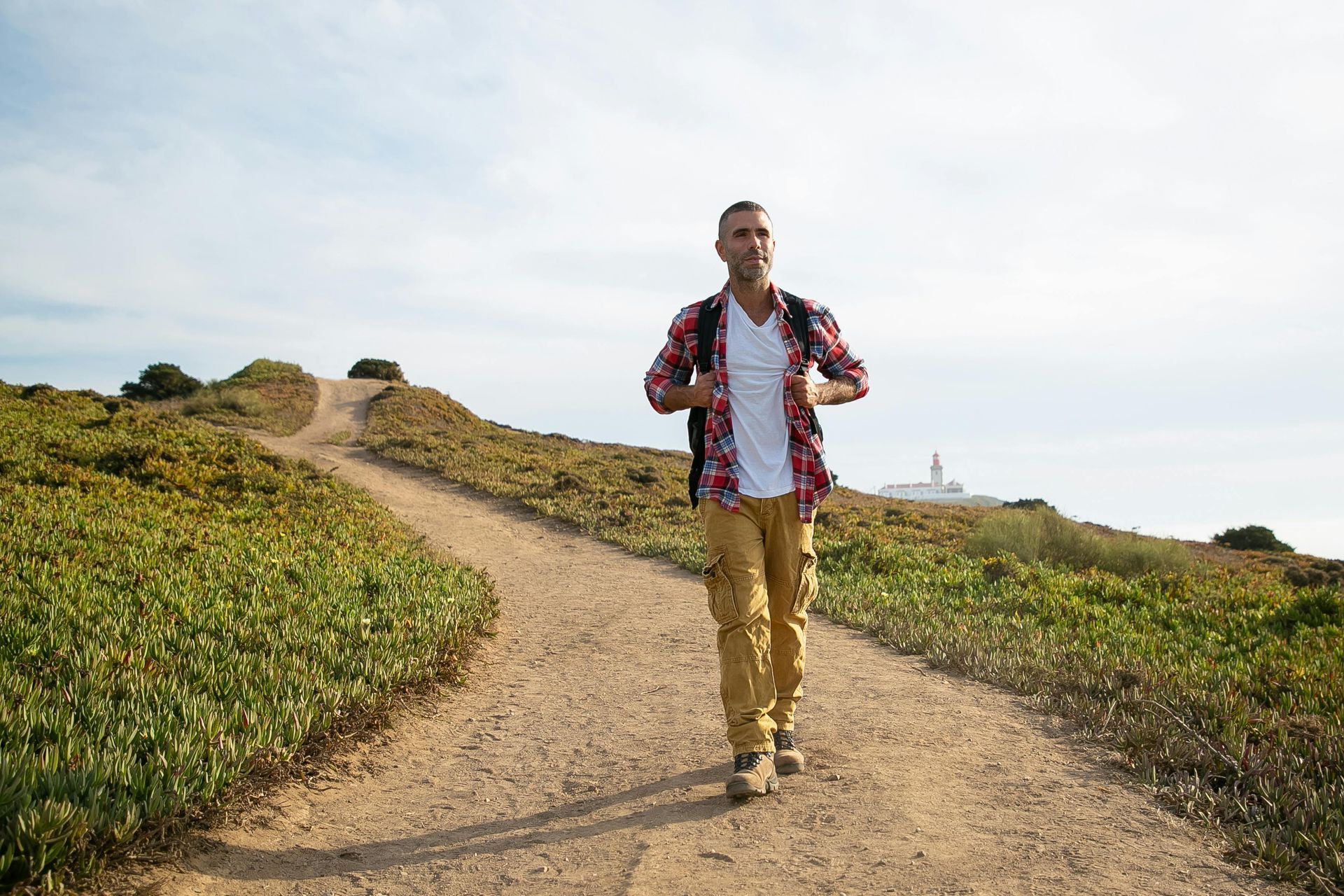
Travel Protections & Booking Security
Booking a hiking holiday should feel as safe as it is exciting. Wide Awake Holidays ensures every client enjoys total financial and personal security — from first click to final mile.
ATOL & ABTA Protection
All bookings through Wide Awake Holidays are ATOL and ABTA protected. This means that if a supplier fails, your money is safe and your return travel guaranteed. It’s one of the strongest consumer protections available to UK travellers.
Vetted Partners Only
- We only work with operators and guides who meet three essential standards:
- Proven LGBT+ inclusivity – staff training, representation, and visible commitment to equality.
- Sustainable practices – supporting local communities and minimising environmental impact.
- Safety assurance – licensed guides, proper insurance, and clear emergency procedures.
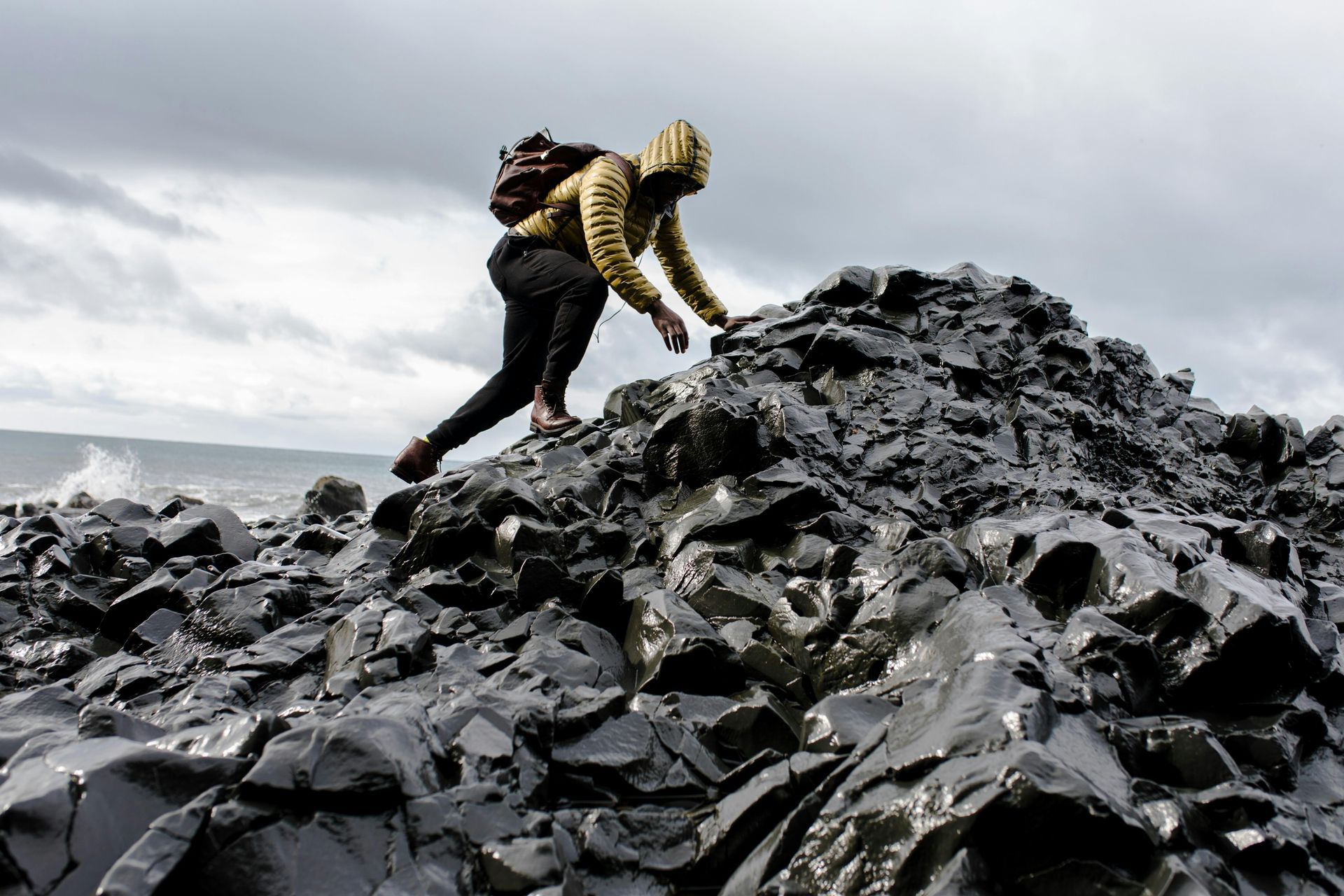
Custom Itineraries with Peace of Mind
Every itinerary we design is fully traceable and supported by a 24-hour emergency line. Whether you’re trekking the Andes or strolling through the Alps, there’s always a real person available — not a chatbot or call centre loop.
Flexible Booking Policies
Our flexible terms allow free date changes on most tours up to 60 days before departure. That means you can plan confidently, even when life shifts unexpectedly.
(Ready to start planning? Contact us to secure your place on next season’s LGBT-friendly hiking adventures.)
Step Out Proudly: The Trail Awaits
The world’s most beautiful trails are waiting — and they’re open to everyone.
From Peru’s ancient stone paths to the crystalline air of the Swiss Alps, from New Zealand’s alpine lakes to Spain’s pilgrim roads, these routes prove that adventure and acceptance can go hand in hand.
Whether you’re seeking solitude, connection, or celebration, hiking as an LGBT+ traveller offers something profoundly freeing. You see the world through your own eyes — and know that you belong wherever you stand.
For tailored itineraries, protected bookings, and expert LGBT+ advice, contact Wide Awake Holidays today. Let’s plan a trail that fits your pace, your pride, and your path.
Frequently Asked Questions
1. What defines an LGBT-friendly hiking trail?
An LGBT-friendly hiking trail combines natural beauty with safety, inclusivity, and local acceptance. That means you can hike openly, stay in welcoming accommodations, and rely on tour operators who support equality and respect diversity.
2. Are LGBT-friendly hiking trails only in liberal countries?
Not necessarily. While places like Canada, Spain, and New Zealand lead the way, some traditionally conservative countries also have inclusive tourism sectors — especially within guided group tours that ensure a safe experience. Always research local laws and rely on verified operators.
3. Can I hike safely as a trans or non-binary traveller?
Yes, though preparation helps. Choose destinations with legal protections for gender identity (Canada, Switzerland, New Zealand, Spain). Ensure your travel documents match your booking information, and seek LGBT+ friendly insurance providers who understand these needs.
4. How do I know if a tour company is genuinely inclusive?
Look for clear signs: inclusive language on their website, diversity in marketing images, visible Pride partnerships, or affiliation with LGBT travel associations. Wide Awake Holidays lists all verified partners and conducts its own inclusion audits.
5. Are there any group hikes specifically for LGBT travellers?
Absolutely. Companies like Out Adventures, HeTravel, and Wide Awake Holidays organise small-group treks where travellers can connect in safe, affirming environments. These tours often include cultural immersion and local queer-led experiences too.
6. What’s the best time of year to go on an LGBT-friendly hike?
It depends on your destination. The Inca Trail and Queenstown are best in their dry or summer seasons (May–September for Peru, November–March for New Zealand). In contrast, Switzerland and Canada shine from June to September. Research local climate and always book in advance for peak hiking months.
7. Can solo LGBT travellers join group hikes?
Definitely. Many of our guests are solo travellers who join inclusive small-group tours. Hiking in a group offers instant camaraderie and added safety — and it’s often where lasting friendships (and sometimes relationships) begin.
8. Are there hiking trails with LGBT community events?
Yes. Destinations like Queenstown (Winter Pride), Zurich (Pride Hike), and Banff (Mountain Pride Week) host outdoor Pride or queer-led nature events annually. These combine hiking, social gatherings, and local community engagement, offering the perfect mix of adventure and belonging.
9. What should I pack for an LGBT-friendly hiking trip?
In addition to standard hiking gear, include:
• Quick-dry rainbow flag or bandana — visibility and pride in one
• Reusable water bottle and eco toiletries (many inclusive lodges are eco-certified)
• Local emergency contacts and digital copies of documents
• Lightweight Pride badge or pin — small, but powerful symbolism
10. Why book an LGBT-friendly hiking holiday through a specialist agency?
Because representation matters. LGBT travel agencies like Wide Awake Holidays don’t just plan itineraries; they advocate for your comfort and security. From choosing inclusive guides to ensuring ATOL protection, every detail is handled by people who understand the community and its needs.
Some of our Latest Offers
Discover our latest hand-picked travel offers below – automatically updated and inspired by the destinations featured in this blog.
